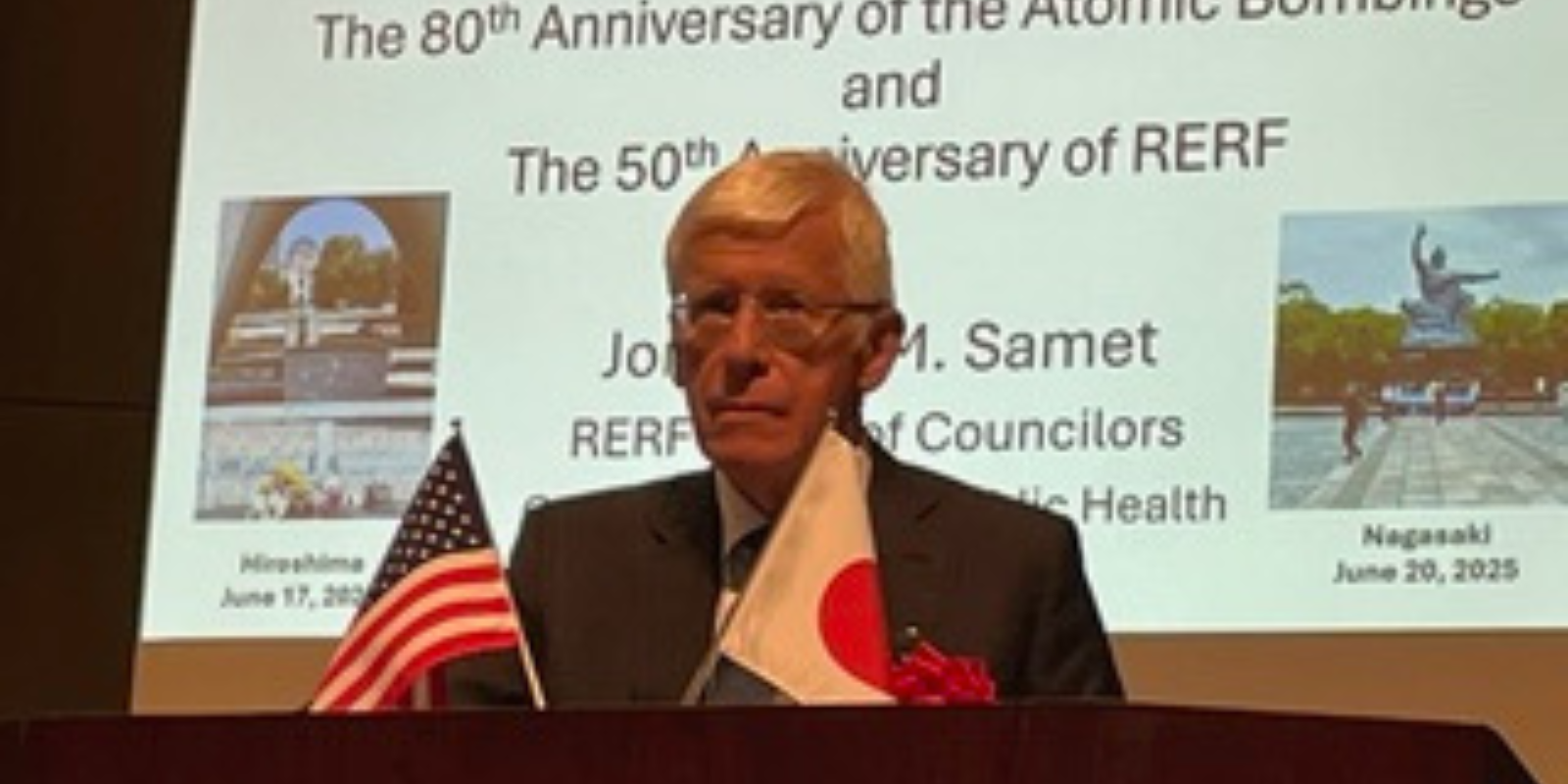University of Colorado Cancer Center researchers have teamed up on a multi-year search for better ways to target the malignant blood-forming stem cells that give rise to a spectrum of blood cancers called myelodysplastic syndrome (MDS). These malignancies remain challenging to treat, with limited clinical options that are rarely curative for patients.
Eric Pietras, PhD, is an associate professor in the CU Department of Medicine’s Division of Hematology and its associate chief of basic research. He is collaborating on the MDS project with Brett Stevens, PhD, an associate research professor in the division.
Their ongoing research into targeting MDS stem cells – now in the second year of a five-year project – is supported through an $2,095,360 R01 grant from the National Cancer Institute, with additional support from the Edward P. Evans Foundation and the Leukemia and Lymphoma Society.
Pietras describes MDS as “a group of blood disorders that lead to ineffective production of needed blood cells for immune function, oxygen transport, and blood clotting. It’s a blood cancer that can further develop into deadly conditions like acute myelogenous leukemia.”
The tricky part about MDS, he says, is that it’s “a broad spectrum of different diseases with many different genetic mutations in differing combinations, and so it’s incredibly challenging to treat effectively. After decades of research and billions of dollars, there still is not an easy way to effectively target this disease in a way that cures patients short of a bone marrow transplant, and that only works in a small subset of individuals.”
→ Information on MDS clinical trials at the CU Anschutz Medical Campus.
An unwinnable game?
Stevens says there is a “huge unmet need” for MDS therapies, especially for the subset of MDS cases with a high risk of progressing to acute myelogenous leukemia. “There have been close to 400 clinical trials carried out over the last two decades, and we’ve had exactly one new drug for all patients approved in this space,” he says. “It’s been a desert for new clinical developments that lead to measurably improved outcomes for patients.”
Recent research into treating MDS has begun to focus on the malignant stem cells that trigger the disease. But those MDS stem cells are not uniform and often evolve, making them difficult to target and eliminate with a single therapy.
“It’s like a game of Whac-A-Mole, where you whack one mole with a hammer and another one pops up. It can seem like an unwinnable game,” Pietras says.
So Pietras and Stevens are working on ways to define unique biological features about particular subsets of MDS stem cells so that each group can be targeted more effectively.
Moving the needle
The current study draws on a previous clinical trial that Pietras and Stevens worked on, led by their hematology colleague, CU Cancer Center member Dan Pollyea, MD. In that trial, patients with high-risk MDS were treated with omacetaxine – a drug that inhibits protein synthesis – combined with the existing standard-of-care treatment, azacitidine. While the results showed a substantial improvement over azacitidine alone for some newly diagnosed patients, disease still progressed in other patients.
“So then, we asked, what about the patients who didn’t respond? What was it about their malignant stem cells that allowed them to persist despite the treatment?” Pietras says. “We’ve picked out the stem cells from the patients who didn’t respond to treatment and we’re learning what the unique biological features of those stem cells are. And now we’re in the preclinical phase of testing new therapies that may be more effective against MDS stem cells, trying to move the needle forward in terms of providing better outcomes for patients.”
He calls the research flow “bench to bedside to bench again” – the translation of lab work into a clinical trial followed by in-depth study of patients’ disease back at the bench to support further research. The goal now is to understand the overall efficacy of protein synthesis inhibition drugs against various MDS stem cell subtypes and further identify vulnerabilities in these subsets.
Says Stevens: “We’re employing every tool we have to find what is making these stem cells resistant or sensitive to treatment, with the intention that we will turn our current work into another clinical trial with a new agent or a combination of agents.”
Pietras says the CU Cancer Center has been crucial in their work, providing discretionary funding and shared resources such as cell sequencing and flow cytometry. And he says the Division of Hematology’s “seamless interaction between the research side in the lab and the clinical side” has been invaluable in driving their work forward.



